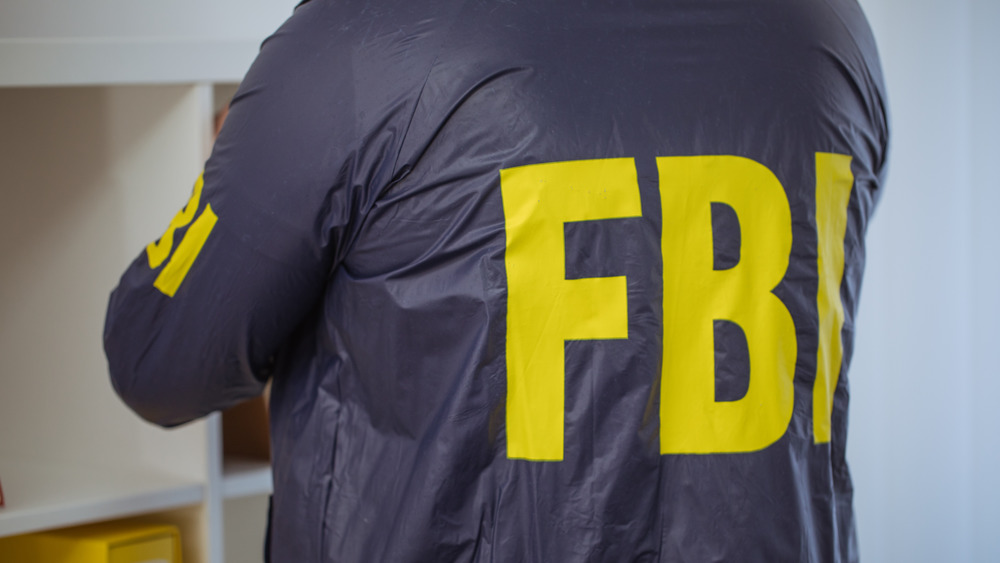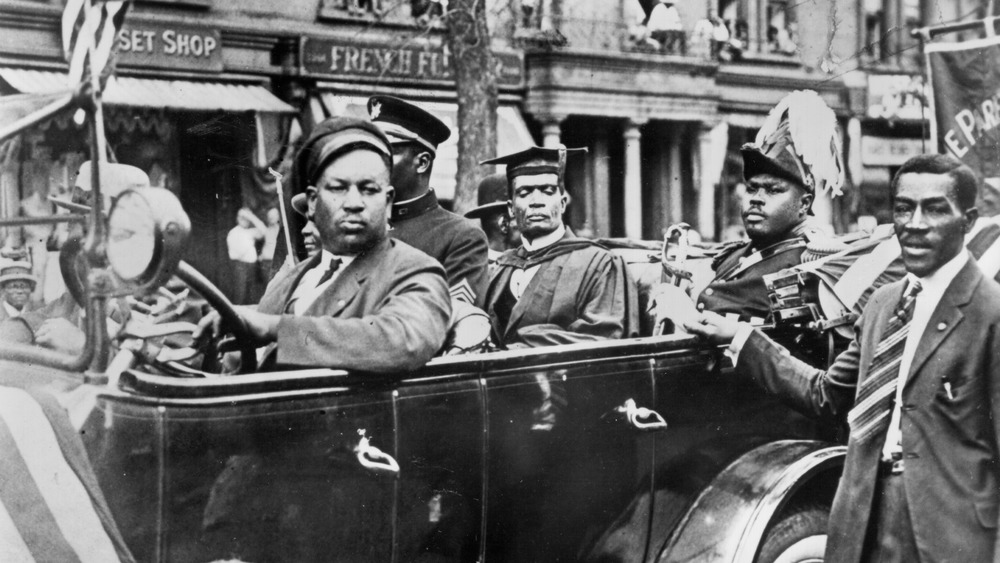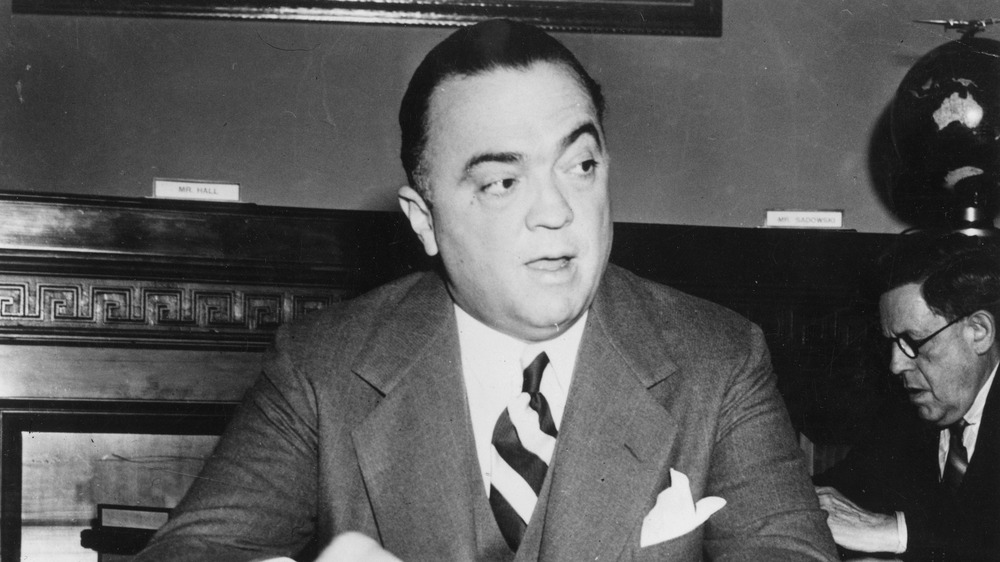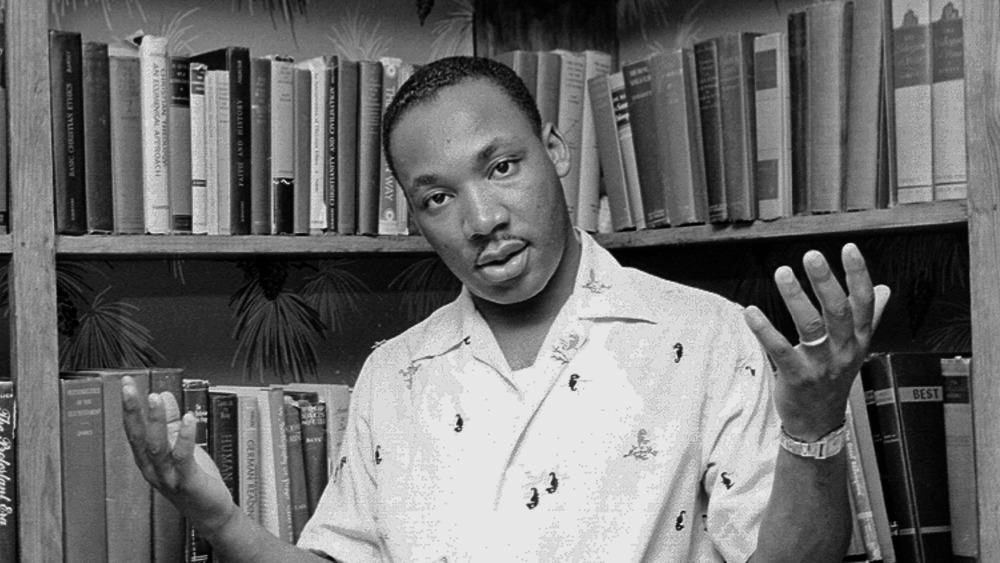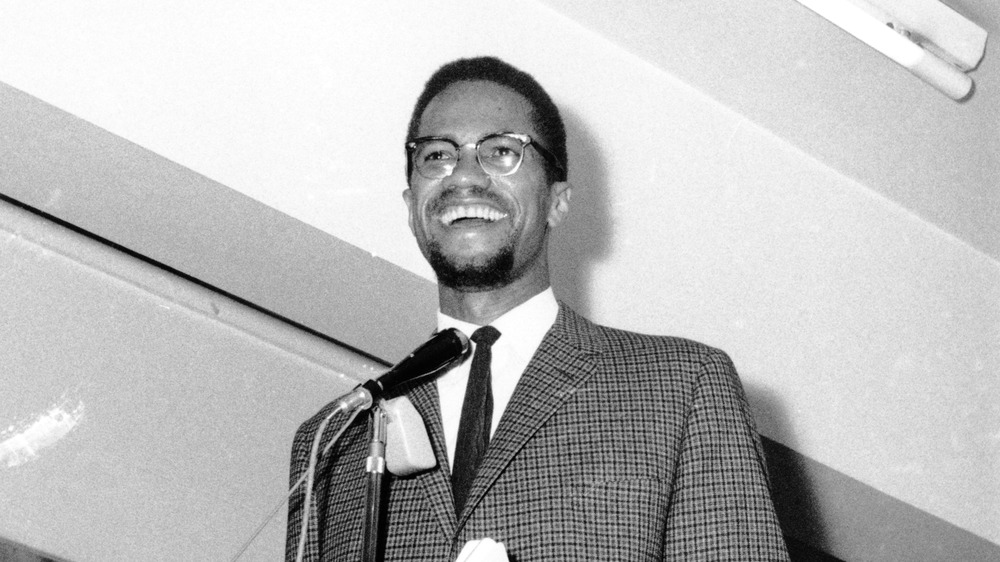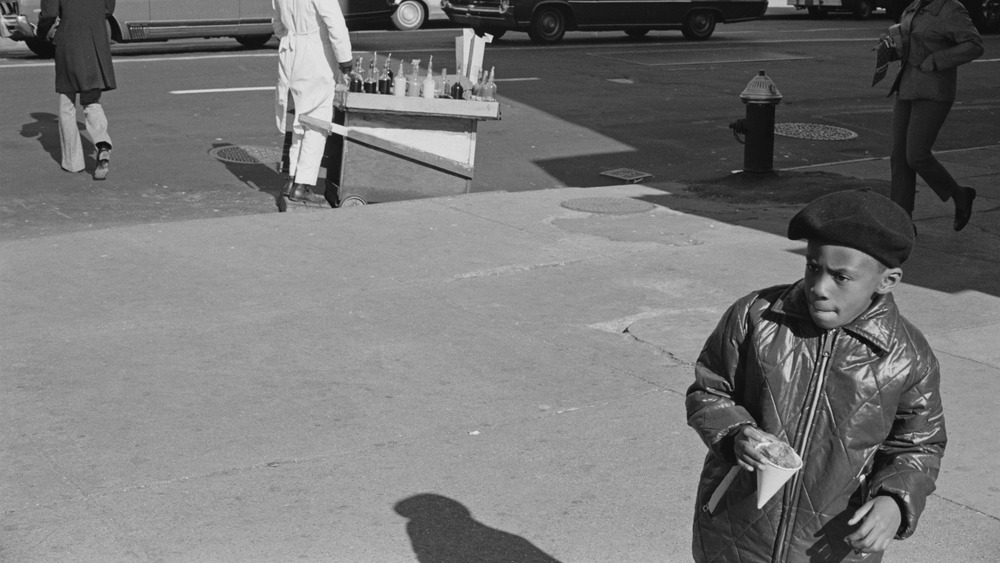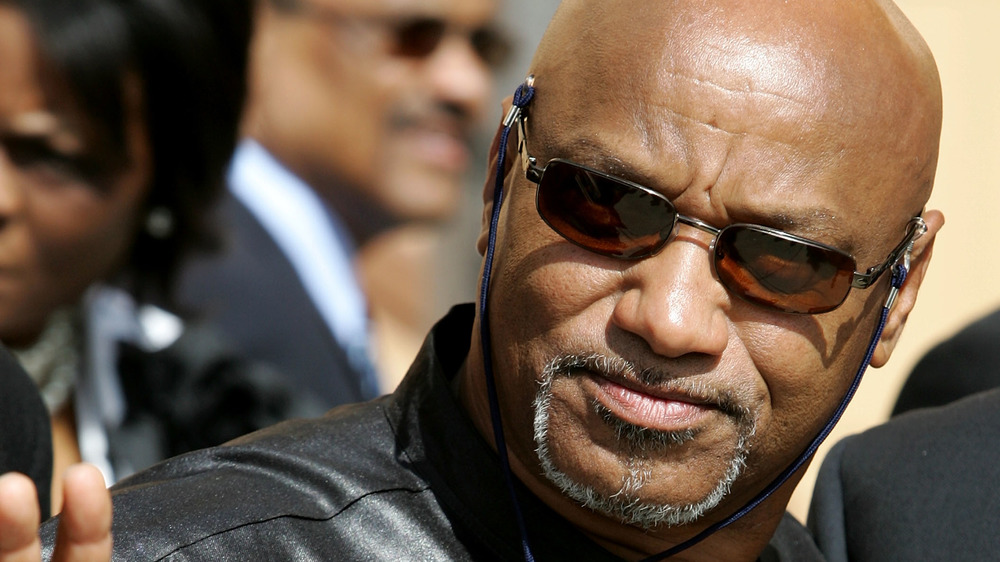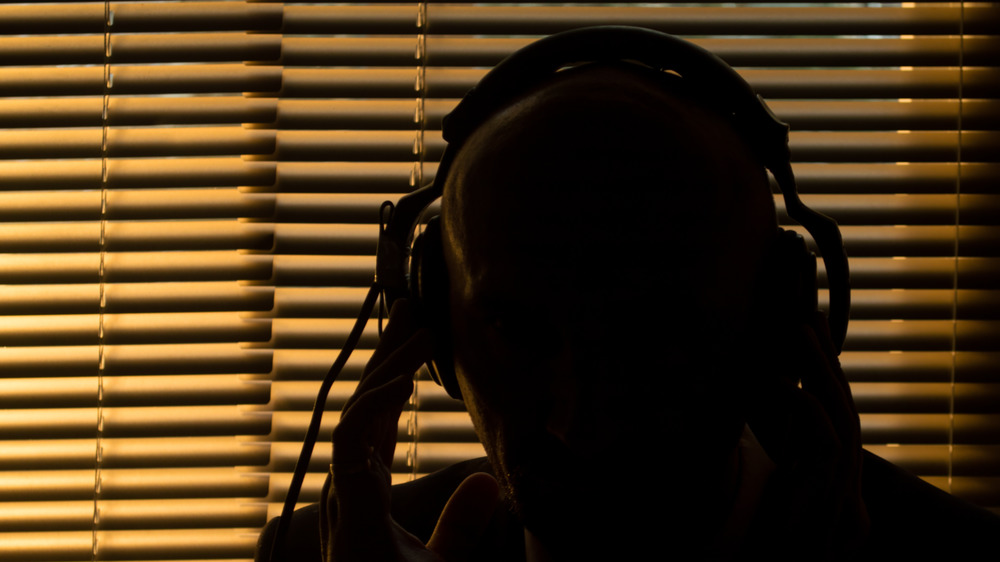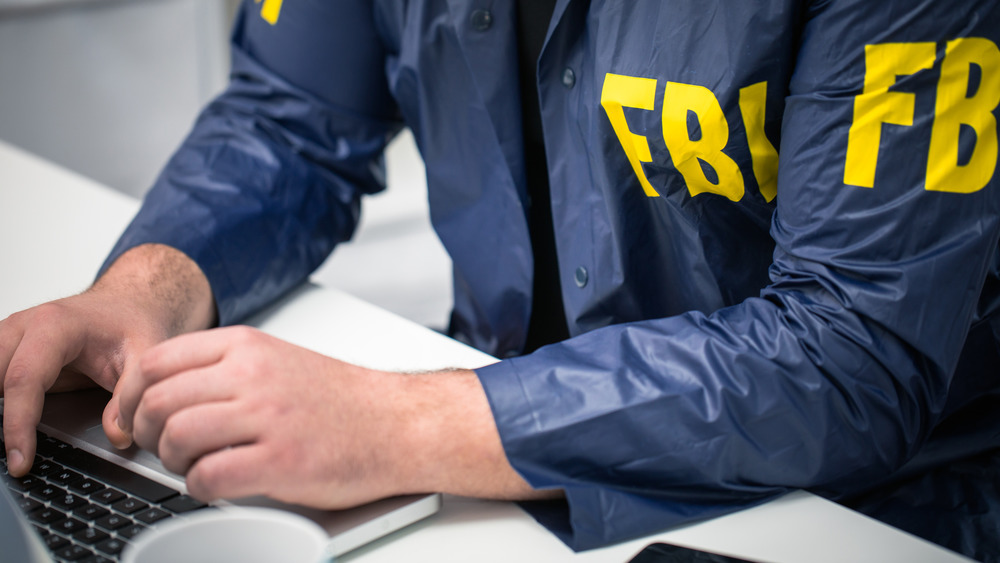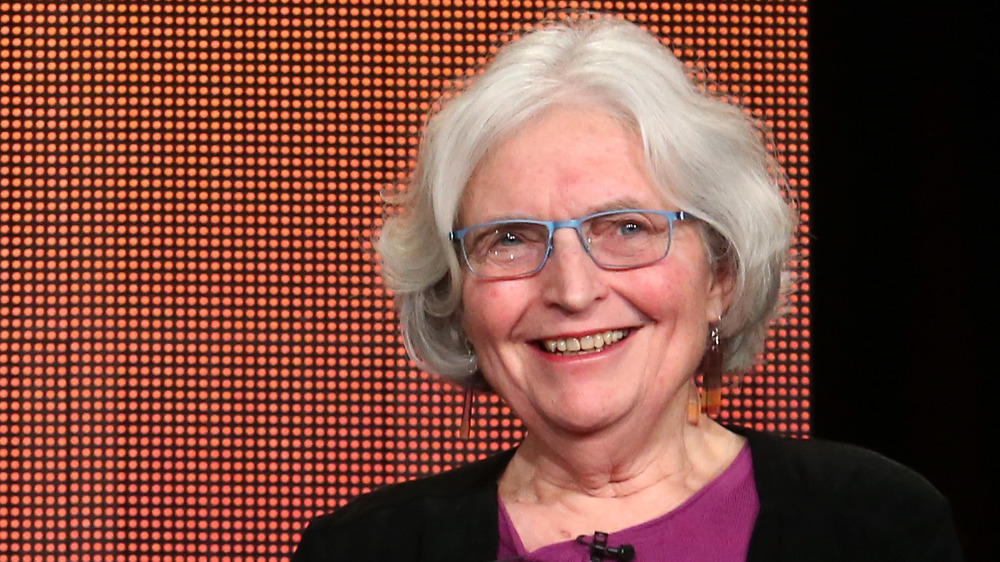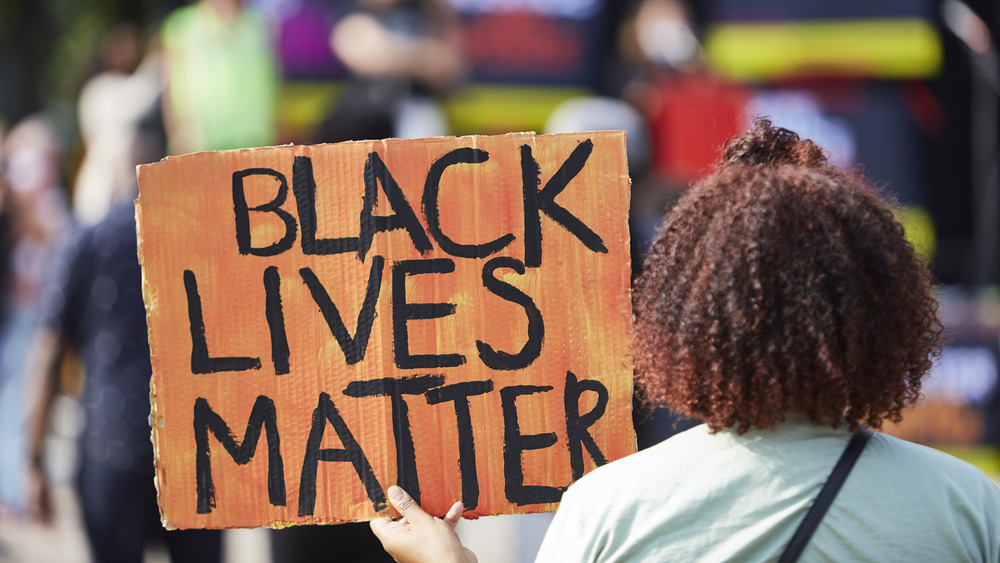COINTELPRO: The True Story Of The FBI's Illegal Projects
From 1956 to 1971, the FBI amalgamated its illegal surveillance operations together under the title COINTELPRO. While COINTELPRO was initially aimed at the Communist Party in the United States, it soon expanded its efforts to include civil rights activists, anti-war activists, Native activists, and New Left organizers. But COINTELPRO's obsession with the Black Panther Party soon led to the murders and imprisonment of dozens of Black Panther Party members. Anyone who was "subversive" was ultimately targeted.
Collaborating with Operation CHAOS along with state and local law enforcement, COINTELPRO gathered thousands of documents surveilling countless Americans. Since so many of the documents that COINTELPRO was forced to relinquish were heavily redacted, there's still much to be known about their operations. Only around eight percent of their activity was legal, and the Church Committee report established that most of their activities were illicit. The line of legality was being used as a jump rope.
Together with the CIA, after claiming that their activities cost $3 billion, they ended up spending at least $10 billion, hiding their funds throughout the entire federal budget. The exact amount of money spent is, unfortunately, impossible to know. COINTELPRO tactics ranged from fake propaganda to active encouragement of violent attacks by their agents. In the end, the total number of people who suffered due to their campaign of terror is unknown. This is COINTELPRO: the true story of the FBI's illegal projects.
Early political operations of the FBI
In the early 20th century, the FBI originated out of the General Intelligence Division, created by Attorney General A. Mitchell Palmer and headed by J. Edgar Hoover. Created with the intention of collecting intelligence on "radical organizations," the General Intelligence Division received funds from Congress meant to go toward "anticommunist activities." During 1919 and 1920, the Palmer Raids, also called the Palmer Red Raids, focused on arresting and deporting anarchists, radical leftists, and communists who were deemed "alien" or "foreign."
Some famous targets included Marcus Mosiah Garvey Jr., Emma Goldman, Rose Pastor Stokes, and Eugene V. Debs. According to the ABA Journal, Garvey's "efforts to finance the Black Star Line, a Black-owned shipping company," caught Hoover's eye, though Hoover was more concerned with Garvey's association with radicalism than the shipping company. Hoover also "lamented" that Garvey hadn't done anything to warrant deportation.
While Garvey was neither a communist nor an anarchist, his organization, the Universal Negro Improvement Association (UNIA), was built on Pan-Africanism and Booker T. Washington's self-reliance philosophy. The UNIA boasted over four million followers, and Hoover considered the organization to be enough of a threat that it was necessary to incarcerate and deport its most prominent spokesperson. According to History News Network, Hoover was eventually able to convict Garvey for mail fraud in 1925, sentencing him to five years in prison. Garvey served 33 months before his sentence was commuted and the United States deported him to Jamaica.
The COINTELPRO program
Although COINTELPRO began officially in 1956, at that point, it was just a formalization of preexisting FBI activities. After World War II, the FBI had worked on perfecting the techniques that were later used in COINTELPRO. The FBI played a large role in McCarthyism, and in addition to amassing "friendly media contacts" that would disseminate the information that the FBI wanted, "agents would contact the employers or landlords of party members in efforts to get them fired or evicted."
By 1956, these techniques had been perfected and were aimed at civil rights movements in addition to left-wing movements. According to Still Black, Still Strong by Dhoruba Bin Wahada, Mumia Abu-Jamal, and Assata Shakur, in the 1950s, Hoover made a point of stating that "the FBI had no police functions, that it was merely an investigative arm of the U.S. government" when asked whether or not civil rights workers in the South were to be protected against murdering Klansmen. But COINTELPRO was demonstrative of a "a program of war waged by a government against a people, against its own citizens. It was a program of domestic warfare."
COINTELPRO targets Martin Luther King Jr.
One of COINTELPRO's most famous targets was Martin Luther King Jr., whom the FBI repeatedly tried to discredit. According to the Hampton Institute, the FBI surveilled and harassed King in a variety of ways, ranging from wiretapping to anonymous letters urging King to commit suicide. One of the letters, obtained through the Freedom of Information Act, read, "There is but one way out for you. You better take it before your filthy, abnormal fraudulent self is bared to the nation."
After King criticized the FBI, an infuriated Hoover decided that King was "an enemy to the country" and told reporters that King was "the most notorious liar in the country" in November 1964. Although Hoover fervently tried to prove a communist influence, there was little evidence that communist ideology influenced King's views or his organization. But Hoover's crusade only intensified as King started to criticize the Vietnam War.
In 1967, COINTELPRO launched an official program against "Black Nationalist Hate Groups" that lasted officially until 1971. According to "COINTELPRO: The Untold American Story," in addition to King, the program targeted Stokely Carmichael, Eldridge Cleaver, Elijah Muhammad, and Malcolm X. While the United States government claimed that the FBI wasn't responsible for the King's death, on April 4, 1968, King was assassinated with ample evidence to suggest that the FBI and COINTELPRO played a heavily involved role.
Malcolm X and the Nation of Islam
COINTELPRO also spent a lot of time and energy on driving a wedge between Malcolm X and Elijah Muhammad. Using infiltration, rumor-mongering, and the "sparking of acrimonious debates within the organization," COINTELPRO focused on fostering disputes within the Nation of Islam and inducing factionalism. Before his assassination, the COINTELPRO had Malcolm X under intense surveillance, all of which had no legal justification, and ended up compiling a report on him that was over 10,000 pages in length.
According to Still Black, Still Strong, the purpose of COINTELPRO especially was the "isolation of Blacks from the international community." As a result, both Malcolm X and Dr. Martin Luther King Jr. were assassinated when they began to "speak about international issues and attract an international audience." From July to November 1964, Malcolm X visited a number of countries in Africa, meeting with "a range of intellectuals and political figures." On February 21, 1965, Malcolm X was assassinated.
In 1969, a memo from the FBI even took credit for their efforts leading to the 1965 assassination of Malcolm X, during which time they were continuing to actively incite factionalism within the Nation of Islam. After the assassinations of Martin Luther King Jr. and Malcolm X, Hoover continued to rave about the "rise of a new Black Messiah." Declaring the Black Panther Party to the "the biggest threat to the security of the United States," COINTELPRO agents were ordered to "destroy, disrupt, and neutralize them."
Murders by COINTELPRO
At least 29 Black Panther members are known to have been murdered by COINTELPRO between 1968 and 1971, including Bobby Hutton, George Jackson, Arthur Morris, and Babatunde X Omarwali. Out of roughly 295 COINTELPRO operations that were aimed at "the Black liberation movement," 233 were aimed at the Black Panther Party between 1967 and 1971. Unfortunately, the total number of fatalities may never be known.
COINTELPRO is also notoriously behind the assassination of Fred Hampton and Mark Clark. According to "COINTELPRO: Psychological Warfare and Magnum Justice" by Tim Butz, COINTELPRO often used the "local authorities to do the dirty work the FBI was unable to do itself," as they did in the assassination of Hampton and Clark.
Under the guise of a raid, the Chicago Police Department burst into Hampton's apartment at 4:45 in the morning on December 4, 1969, firing between 90 and 100 shots, murdering Hampton and Clark and critically injuring four other Black Panther members. Hampton was killed in his bed, and an "independent autopsy later revealed a large quantity of barbiturates in his stomach." There's no evidence that Hampton used drugs, and it's most likely that William O'Neal, a paid FBI informant who helped orchestrate the murder, drugged Hampton unconscious, making Hampton's death clearly premeditated by COINTELPRO.
One COINTELPRO memo explicitly stated that, "The Negro youths and moderates must be made to understand that if they succumb to revolutionary teaching, they will be dead revolutionaries."
Hundreds of people incarcerated
Hundreds of Black Panther Party members as well as leaders of the American Indian Movement were incarcerated in the United States government's attempts to destroy the organizations. At least 750 Black Panther members were imprisoned, while countless AIM organizers were imprisoned even before AIM formally emerged. According to a 1981 report by Amnesty International, overall, the activities of COINTELPRO "led to abuses of the criminal justice system."
Geronimo Pratt was one such target of a COINTELPRO operation that intended to "neutralize Pratt as an effective BPP functionary." When they failed to murder him, Pratt was "arrested on trumped-up murder charges" in 1970 and became a political prisoner like hundreds of others in 1972. Not only did the FBI know that the charges were bogus, but they had evidence exonerating him because "he was under government surveillance in another part of the country when the murder occurred." Pratt was held in prison for 27 years while the FBI concealed evidence that confirmed that Pratt was 400 miles away from the murder when it took place. Before Pratt was released in 1997, he was denied parole 19 times.
According to The Guardian, at least 19 people associated with Black liberation remained imprisoned in the United States as of 2018, though it's estimated that there are at least 100 political prisoners total in the U.S.
The methods of COINTELPRO
COINTELPRO methods included forged propaganda, infiltration, surveillance, and direct violence. According to the Hampton Institute, their "tactics ranged from the petty to the outright murderous." Often, infiltrators were told to find evidence of "depravity" that could be used for blackmail or publicized.
Members of New Left student organizations had their parents contacted, informing them of their child's dissident activities. Speaking events and public demonstrations were also prevented in direct violation of First Amendment rights. COINTELPRO also tried to get academics who were friendly with so-called subversive organizations fired.
Cartoons were created and circulated by COINTELPRO that were designed to "enrage" Black organizations and "assist in the continuance of the rift between the Panthers and the US." Fake incendiary letters were also created and sent to the Black Panther Party in the hopes of inciting violence. Similar tactics of misinformation and bogus letters were used by COINTELPRO in an attempt to spark violence between La Cosa Nostra and the Communist Party. Thankfully, there are no reports that this attempt led to any physical conflicts.
According to "COINTELPRO: The Untold American Story," while countless people were "neutralized" through murder or imprisonment, many others were neutralized by "intimidation, harassment, discrediting, snitch jacketing, a whole assortment of authoritarian and illegal tactics." For the FBI, "neutralization" simply meant making sure that someone was "incapable of engaging in political activity by whatever means necessary."
"Agents Provocateurs"
Another widely used method by COINTELPRO was infiltrating an organization and subsequently encouraging its members to commit criminal or violent acts. Known as "Agents Provocateurs," people like Larry Grathwohl or "Tommy the Travler" Tongyai instructed and encouraged people on how to bomb buildings. According to Snitch! by Steve Hewitt, Grathwohl was paid roughly $600 a month and $500 for expenses.
According to "COINTELPRO: The Untold American Story," COINTELPRO agents would go so far as to provide people with weapons. Using informants, the FBI also "actively assisted the Ku Klux Klan in their campaign of racist murder and terror." Claiming that "[you] couldn't be an angel and be a good informant," more than 25 percent of active KKK members were FBI agents or informants and were often elected to leadership positions in "at least half of all Klan units." These "assets" were neither objective nor neutral and instead played an active role in bombings, beatings, and murders that had claimed the lives of over 50 civil rights activists by 1964.
The Greensboro Massacre of November 3, 1979, called by Politico "The Massacre That Spawned the Alt-Right," was organized and led by agents provocateurs Edward Dawson, an FBI infiltrator, and Bernard Butkovich, an agent working undercover for the U.S. Bureau of Alcohol, Tobacco, and Firearms.
A Pennsylvania break-in
In March 1971, the leftist organization Citizens' Committee to Investigate the FBI broke into an FBI office in Pennsylvania, seized documents, and distributed them to media outlets, giving the public its first official glimpse at COINTELPRO. The organization took almost every document they found in the office and, according to "COINTELPRO: The Untold American Story," "subjected the FBI to what the FBI has been habitually subjecting political dissidents to throughout the course of its history."
The Citizens' Commission sent copies of the documents to a congressman, a senator, the New York Times, the Los Angeles Times, and the Washington Post. According to Muckrock, both the New York Times and the Los Angeles Times informed the FBI and didn't publish the documents. The Washington Post decided to publish, and the story was broken by Betty Medsger.
The documents revealed at least 34 cases of infiltration, and in 60 percent of the cases, "the specious activists appear to have gone beyond passive information gathering to active provocation." Despite Hoover's dedication of at least 200 agents toward finding the perpetrators of the break-in, they were never able to find the eight anti-war activists. In 2014, with the statute of limitations expiring, five of the people who were part of the document revelation came forward.
Illegal surveillance
After Watergate started to unfold a year later, by 1974 the Senate was holding hearings into COINTELPRO and various other abuses by both the FBI and the CIA. According to Book II of the report by the Church Committee, COINTELPRO engaged in an obscene amount of "intrusive techniques" and illegal surveillance, including mail-opening, break-ins, and wiretaps. The report estimated that the FBI opened nearly a quarter of a million letters and created intelligence files on over 100,000 Americans. At one point, at least 26,000 people were on a "list of persons to be rounded up in the event of a 'national emergency.'"
Unfortunately, according to BlackPast, since the Church Committee allowed the FBI to provide documents that were heavily redacted, "its impact in exposing the truth was limited." Many of FBI's activities were also left out of the Church Committee's report, such as its campaign against the Puerto Rican independence movement and against the American Indian Movement. There's also evidence that many other kinds of illegal behavior were simply downplayed by the Church Committee report.
Despite everything, the Justice Department decided not to prosecute anyone involved with the FBI's "15-year campaign" of terror.
And it never really ended
Although COINTELPRO was technically disbanded after 1971, it was mostly just reorganized. As of 2020, the FBI continues to engage in counterintelligence and surveillance that targets those whom it considers to be political dissidents, especially Black activists.
According to The Intercept, in 2017, it was revealed that the FBI had compiled a list of "Black identity extremists." Although the FBI later claimed that it would abandon this designation, it was clear that the Bureau was once again targeting a generation of Black activists. According to The Marshall Project, the FBI's attempt to describe the police reform movement as "violent and extremist" follows the long history of criminalizing Black activism.
Black Lives Matter activists have also been regularly monitored by the Department of Homeland Security since 2014. And the surveillance by DHS may actually "represent a small fraction of state surveillance against Black Lives Matter." Ultimately, surveillance is used as a "tool of fear," for keeping tabs on activists as well as deterring them from continuing their work.
